Rajasthan, a land of vibrant culture and rich heritage, also harbors some of India’s most fascinating wildlife. From the elusive leopards to a diverse range of fauna, Rajasthan’s leopard reserves offer a unique opportunity to witness nature’s wonders up close. Let’s delve into the enchanting world of Rajasthan’s leopard reserves:
Jhalana Leopard Reserve
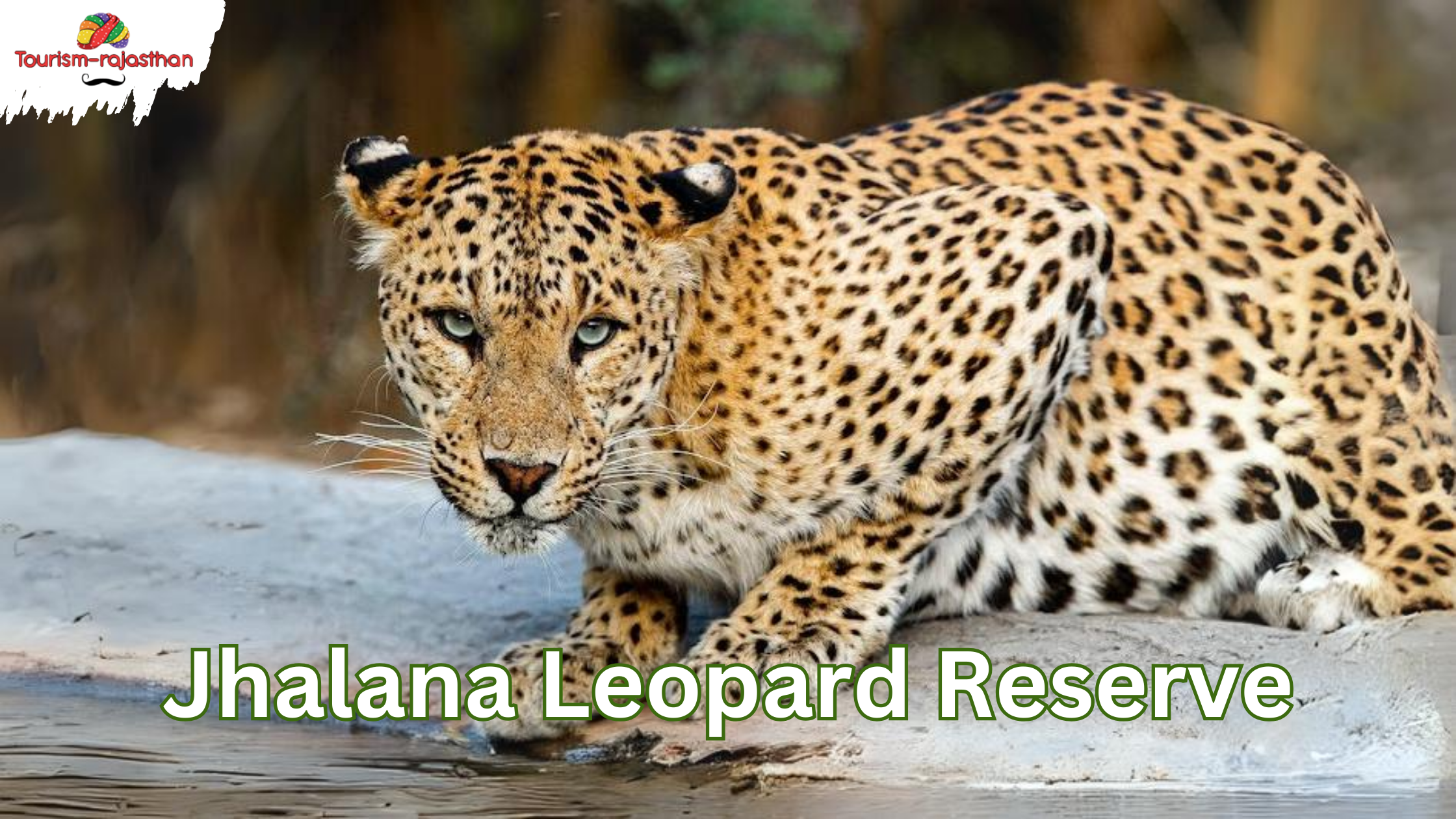
The Jhalana Leopard Safari Park, nestled amidst the scenic landscapes of Jaipur in Rajasthan, stands as India’s 1st Leopard Reserve, offering a unique opportunity to witness the majestic predators in their natural habitat. Spread over 20 square kilometers of rugged terrain surrounded by the ancient Aravali hills, this reserve boasts a thriving population of over 40 leopards, including adorable cubs. Beyond leopards, the park is home to a diverse array of wildlife, from striped hyenas to Indian civets.. Visitors can embark on exhilarating safari adventures, with the chance of spotting these elusive creatures within minutes of entering the park, thanks to their diurnal nature. The reserve also features the historic Shikaar Audi hunting lodge, offering breathtaking views of the sunrise and sunset amidst the wilderness.
Amagarh Leopard Reserve
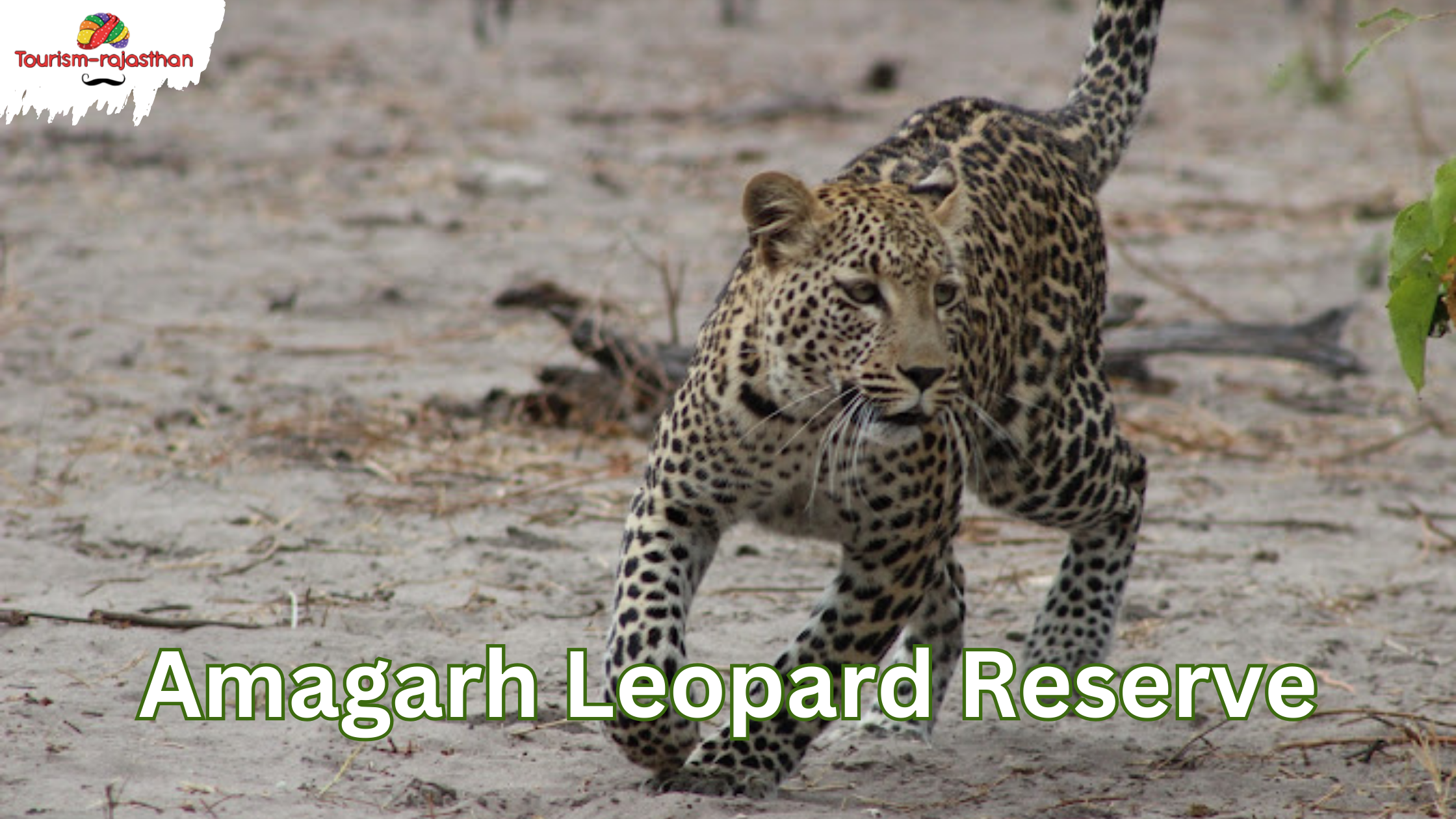
The Amagarh Leopard Reserve, nestled in the picturesque landscapes near Jaipur, Rajasthan, emerges as a haven for wildlife enthusiasts, offering a unique opportunity to witness the elusive leopard in its natural habitat. With a population of 16 to 20 healthy leopards, along with a diverse array of predatory and carnivorous creatures, the reserve promises an exhilarating safari experience amidst the Aravalli hills. Established in 2018 and spanning an area of 524 hectares, the reserve is a testament to Rajasthan’s commitment to wildlife conservation. Visitors can embark on safari adventures, encountering leopards, Indian civets, jungle cats, and a variety of other wildlife species. The reserve also features significant landmarks like the Galta Temple and Amagarh Fort, adding to its allure.
Jawai Leopard Sanctuary
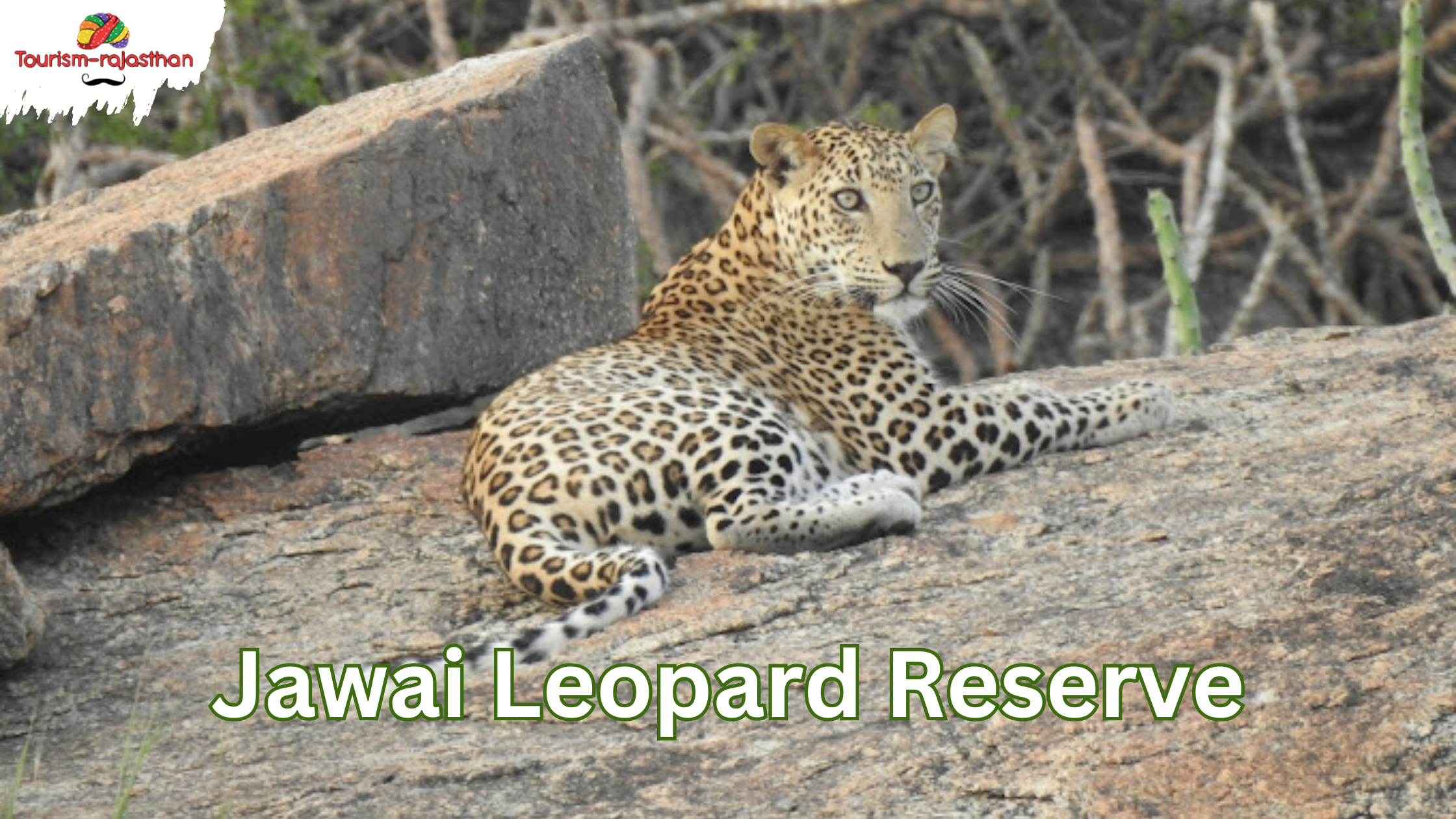
Nestled amidst the rugged terrain of Rajasthan, the Jawai Bandh Leopard Conservation Reserve emerges as a sanctuary for the majestic leopards, offering a unique glimpse into their natural habitat. Situated in the Sumerpur Tehsil of the Pali district, this reserve is a testament to the coexistence between humans and wildlife, with leopards peacefully settling among local villages. Recognized by the government in 2010, the reserve boasts a thriving population of leopards, with approximately 55 individuals counted in recent surveys. Renowned as one of the best places in the world for leopard sightings and photography, Jawai and Bera offer an unparalleled safari experience amidst breathtaking landscapes.
Bera: Land of the Leopards
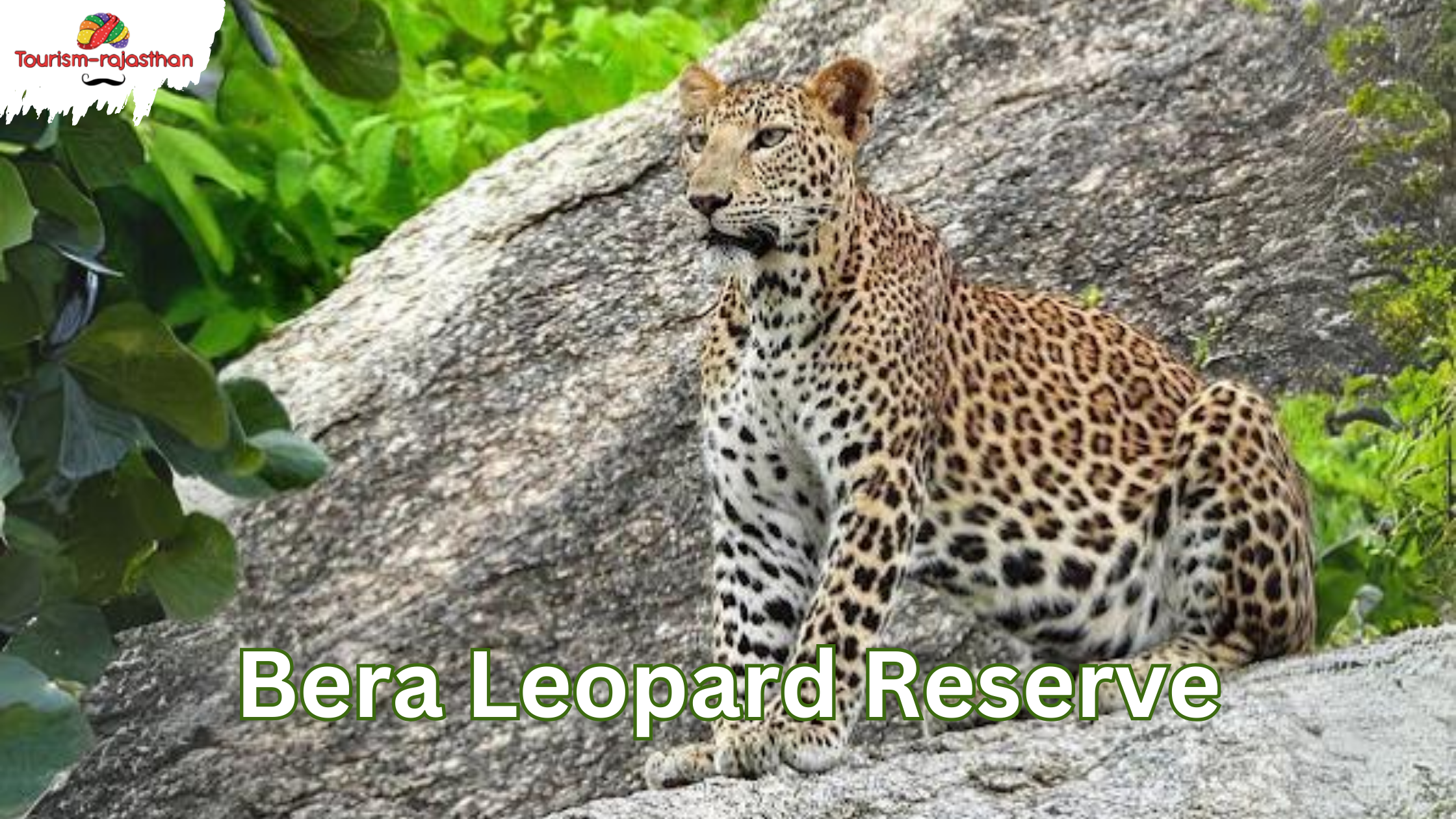
Tucked away in the heart of Rajasthan, Bera emerges as a hidden gem for wildlife enthusiasts seeking unparalleled encounters with leopards amidst stunning landscapes. Situated in the Pali district, this quaint town boasts a significant leopard population around 30-40 yet remains relatively untouched by tourism. Renowned as “leopard country,” Bera offers a classic backdrop of Aravalli hills, adorned with scrub-land vegetation and picturesque hillocks housing caves, ideal for leopard habitats. The nearby Jawai river and dam create a serene water body, home to an array of wildlife, including some of the largest crocodiles and a variety of resident and migratory birds. While efforts are underway to declare the region a wildlife sanctuary, Bera’s charm lies in its untamed wilderness and diverse flora and fauna. Visitors can expect sightings of leopards, crocodiles, nilgai, and an array of bird species throughout the year.
Amrakh Mahadev Leopard Conservation Reserve
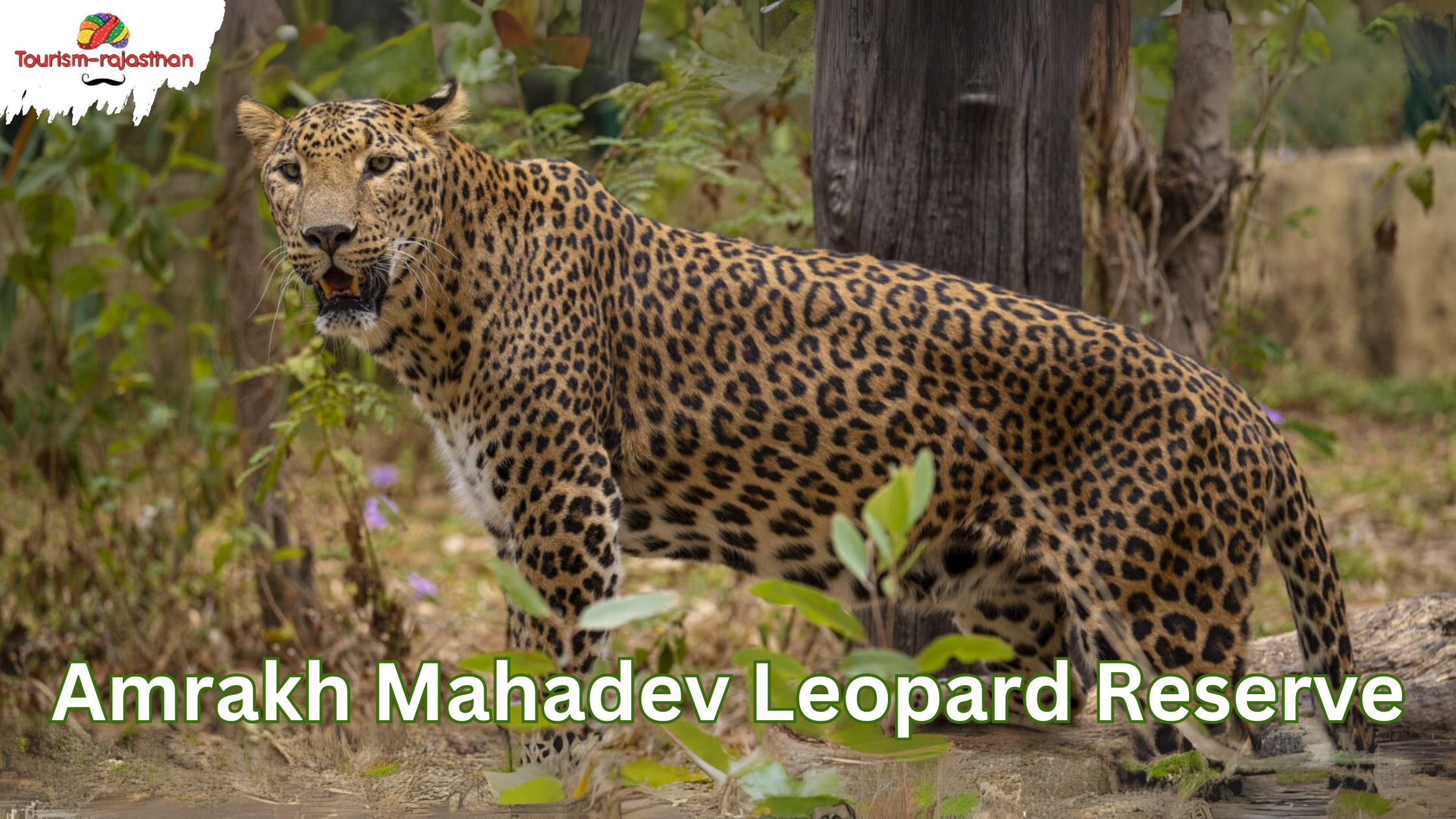
The Amrakh Mahadev Leopard Conservation Reserve, situated near the Udaipur city, play a pivotal role in for the diverse wildlife species inhabiting the forest area. With an estimated 20 leopards currently residing in the region, the reserve aims to launch a leopard safari akin to the popular one at Jhalana in Jaipur. Spanning an expansive area of 7000 hectares, the reserve’s boundary will stretch from the Amarkh Ji Mahadev temple to Debari through Kurabad, encompassing significant portions of the Mavli and Kurabad regions along with Udaisagar Lake. Three hiking trails, ranging from 20.5 km to 53.5 km in length, will offer visitors immersive experiences within the reserve’s pristine wilderness. Additionally, the installation of guard posts, borewells, water holes, enclosures, and watchtowers will facilitate efficient water supply and monitoring activities.



